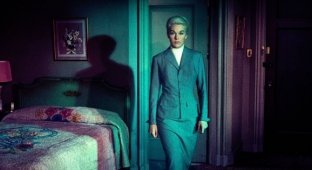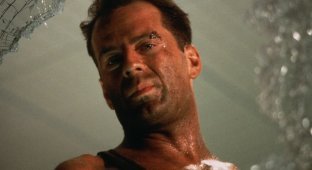There are honest stories in cinema: the viewer is shown everything as it is, and they merely observe. But there is another technique—when the director deliberately conceals information, distorts the film, or constructs the plot so that the viewer believes a false version of events. This deception creates the element of surprise. Below are films where the director deliberately "sets up" the viewer. 
"The Sixth Sense" (1999, M. Night Shyamalan) 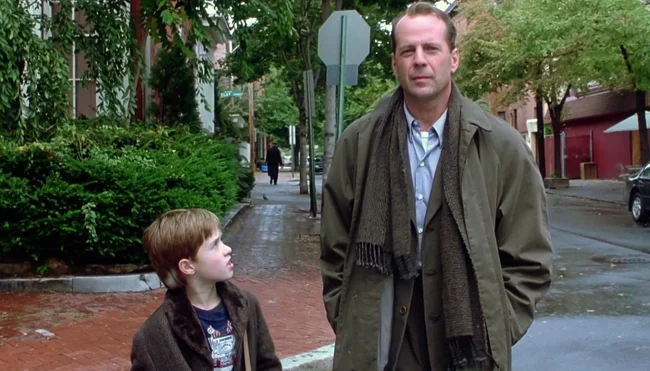
The entire narrative is constructed in such a way that Bruce Willis's character seems like a living person. The camera avoids sharp angles: he never directly interacts with anyone except the boy. The editing and scenes are structured in such a way that the viewer perceives him as a fully-fledged character. The final reveal—he's dead—works only because the director has been convincing the viewer otherwise the entire time.
"Shutter Island" (2010, Martin Scorsese) 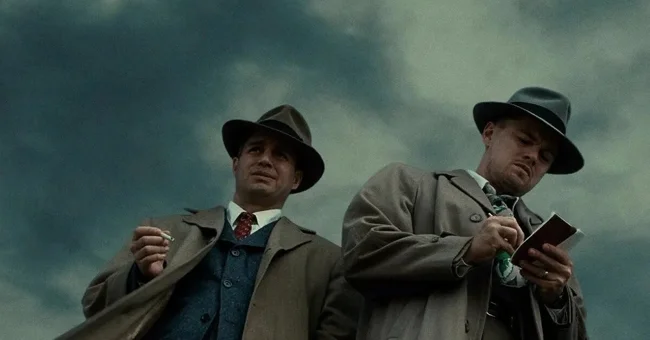
The viewer is convinced that Leonardo DiCaprio is investigating the case of a missing patient. In reality, everything is happening in his imagination: he is the patient, and the "investigation" is staged by the doctors. Scorsese constructs the film so that the viewer sees the world through the eyes of a sick man, and therefore remains confident in the "detective's" version of events. This is pure deception—and it is this deception that creates the shock effect at the end.
"The Game" (1997, David Fincher) 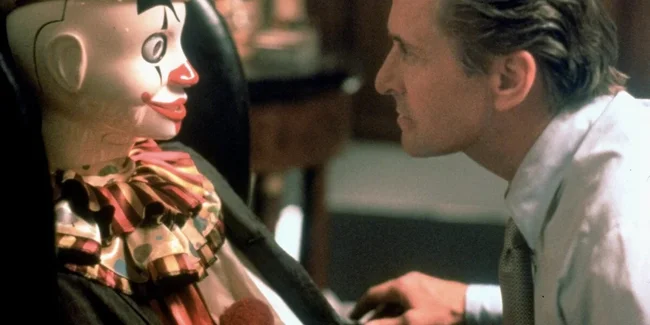
Michael Douglas's character finds himself trapped, where the line between reality and the game blurs. The viewer constantly thinks that the events are now real, but then it turns out they're part of a corporate script. Fincher deliberately alternates levels of truth and tricks the viewer: they share the character's sense of complete loss of control. The result is a shock when everything turns out to be a staged amusement ride.
"The Others" (2001, Alejandro Amenábar) 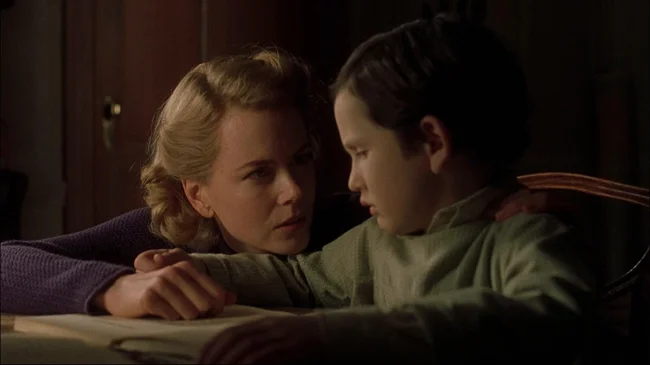
The film is presented as the story of a family haunted by ghosts. Everything is filmed from the perspective of the mother and children, and the viewer believes their fears. Only the ending reveals that they are the ghosts, and the living residents are the ones they frightened. The deception is built on a limited perspective: the viewer is shown only one version of reality.
"The Prestige" (2006, Christopher Nolan) 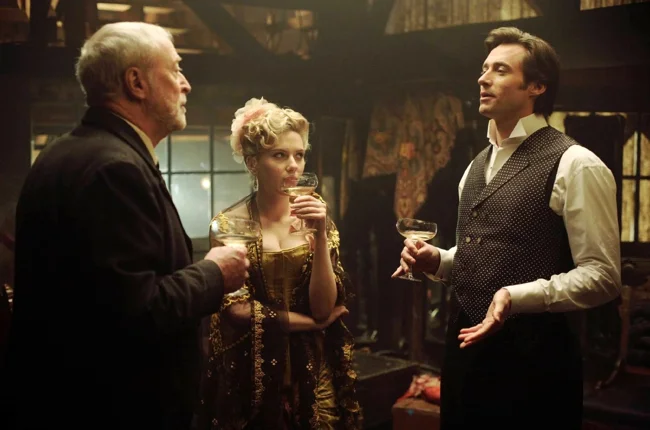
The film hinges on the mystery of a magic trick: how the illusionist disappears and reappears on the other side of the stage. The viewer is convinced the answer is hidden in the mechanics of the trick. But Nolan slips in false explanations, making us think of doubles, machines, and tricks. Only the ending reveals the truth: the hero's obsession led him to a monstrous sacrifice. The setup works because the viewer was offered "logical" versions, and they chose the one that suited them.
"No Country for Old Men" (2007, Coen Brothers) 
The viewer expects the climax: a showdown between Llewellyn Moss and the killer Anton Chigurh. But the Coens cut the plot short: the main character dies off-screen, and the viewer doesn't get the usual ending. This is a deliberate set-up: instead of a denouement, we are left with chaos and randomness, which was the whole point of the film. Frustration is part of the director's intention.
"Psycho" (1960, Alfred Hitchcock) 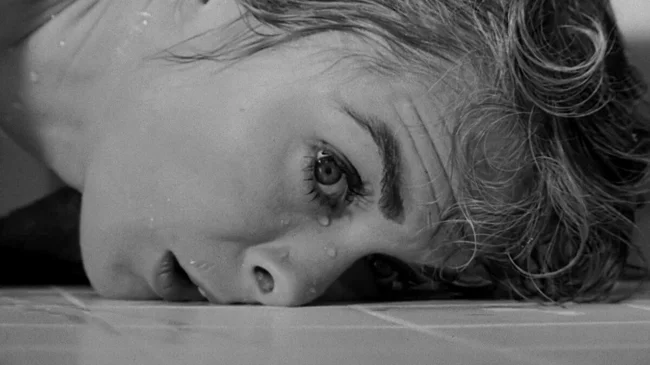
The audience spends the entire first act following Marion, who has stolen money and is on the run. The story is clearly built around her. And then, suddenly, she dies midway through the film, and the plot takes a sharp turn. Hitchcock deliberately "kills" the main character to throw the audience off their usual narrative flow. The setup has become legendary.
Summary
To set up the audience means to make them believe in a false plot so that the final revelation hits harder. In these films, the technique works perfectly: the director leads the viewer by the hand—and then jerks him away at the last moment, revealing that he's been showing the wrong thing all along.
It's precisely this shock that makes these films cult.
Add your comment
You might be interested in:












